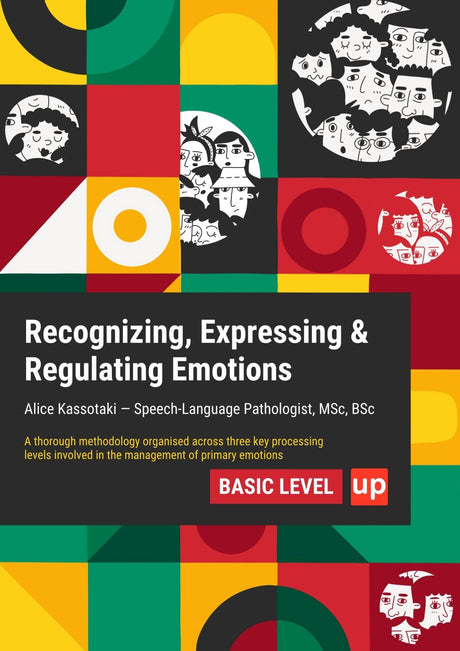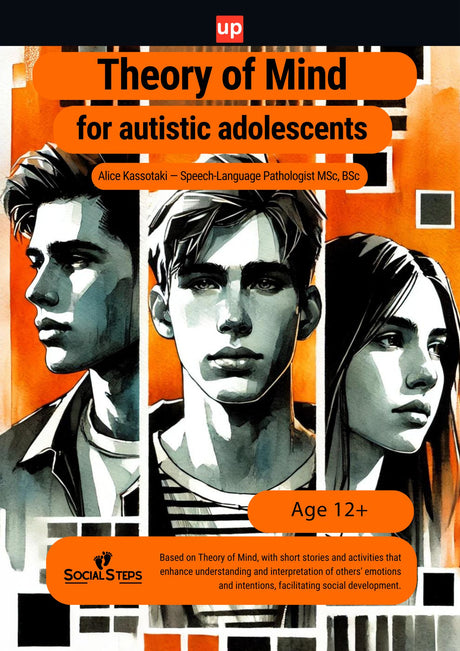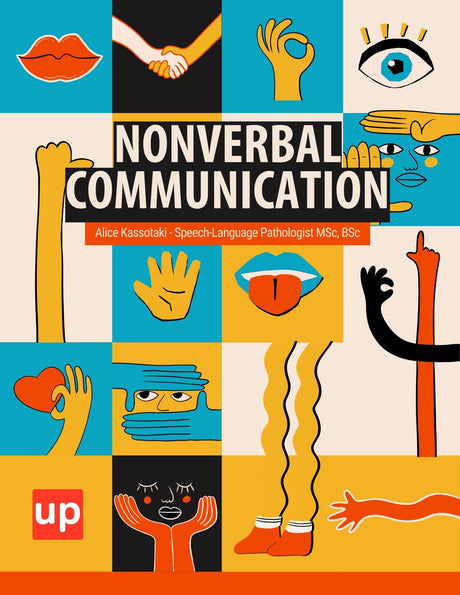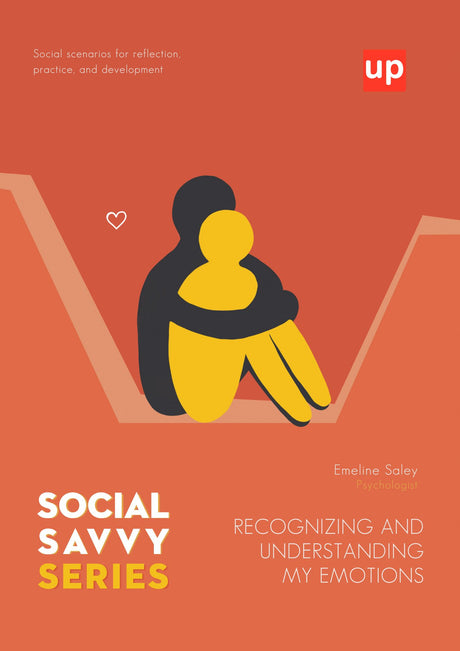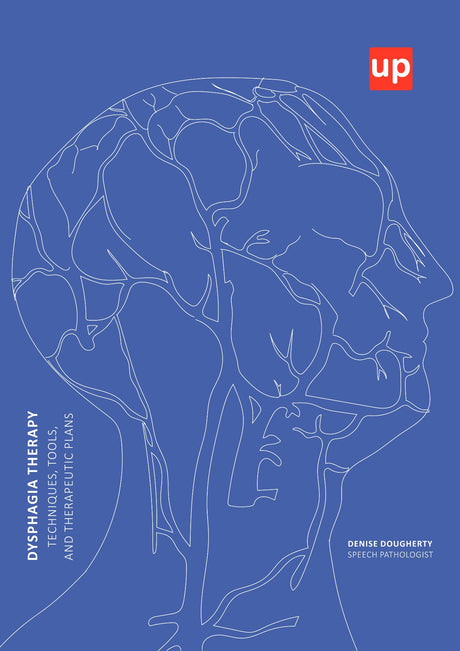Children with autism often struggle with balance issues. This article explains why that happens and how to help. You’ll learn about the brain’s role, sensory processing, and interventions that can improve motor skills. Let’s explore autism balance together.
Key Takeaways
- Children with autism often face significant balance issues due to abnormalities in brain connectivity, particularly in the cerebellum, and differences in the vestibular system.
- Motor skills interventions and everyday strategies such as repetition and minimizing distractions can greatly enhance balance and coordination in autistic children.
- Healthcare professionals play a critical role in supporting autistic children, and additional training can improve tailored interventions to address their unique challenges.
The Link Between Autism and Balance Issues

Motor coordination is essential for smooth movements, and many autistic children face significant challenges in this area, including developmental coordination disorder. These challenges are not merely anecdotal; standardized tests consistently show that children with autism spectrum disorder perform worse in balance tasks compared to their typically developing peers. The deficits are statistically significant, highlighting a critical area of concern for parents and professionals alike.
One of the primary reasons for these balance problems lies within the brain itself. Abnormalities in brain connectivity, particularly in the cerebellum, exacerbate motor coordination difficulties in those with autism. The cerebellum plays a crucial role in motor control, and any disruption in its function can lead to significant impairments in balance and coordination.
Additionally, differences in the vestibular system, which helps regulate balance and spatial awareness, are common among autistic individuals. These differences can lead to issues with maintaining stable posture and navigating through space. Anxiety levels in autistic children can further exacerbate balance problems due to altered sensory processing. High anxiety can lead to increased difficulty in maintaining stable posture, creating a vicious cycle of balance impairments.
Dyspraxia, often linked to autism, involves difficulties in planning and executing movements. This condition adds another layer of complexity to the balance issues faced by autistic children. Understanding these interlinked factors is the first step in addressing and improving balance and motor skills in children on the autism spectrum.
Factors Influencing Balance in Autistic Children

Motor skills are a vital aspect of a child’s development, and in children with autism spectrum disorder, specific gross motor skills such as strength and agility are particularly affected. These gross motor skills abnormalities hamper their balance and coordination abilities, making everyday tasks more challenging and impacting their motor planning.
The control of balance in autism is linked to widespread neural structures, including the motor cortex and cerebellum. These brain regions work together to manage and execute movements, and any disruption in their function can significantly impact a child’s ability to maintain balance. Sensory processing impairments also play a critical role. These impairments lead to reduced postural sway, which can be especially beneficial for children with ASD compared to their typically developing peers.
Postural control issues in autism have been associated with higher rates of repetitive behaviors. For instance, postural asymmetry during two-legged standing has been predictive of the presence and severity of these behaviors in children with ASD. This suggests that addressing balance problems could potentially reduce repetitive behaviors, improving overall quality of life.
Many autistic children display heightened sensitivity in their vestibular system, contributing to symptoms of motion sickness. This sensitivity can lead to greater postural instability, especially in the medio-lateral direction during sway referencing trials. Understanding these factors is crucial for developing effective interventions that can help improve balance and coordination in autistic children.
Sensory Processing and Postural Control
Sensory processing and postural control are intrinsically linked in children with autism. Weak sensory-motor connections hinder autistic individuals’ ability to integrate sensory information for movement, leading to significant challenges in maintaining balance. Sensory processing deficits negatively impact balance control, making it more difficult for these children to navigate their environment.
When visual information is varied or absent, children with autism exhibit increased postural instability. This increased sway during balance tasks without visual cues indicates difficulties in utilizing somatosensory and vestibular inputs, particularly in preschool children with autism. These children often rely heavily on somatosensory information to maintain postural control, especially when visual input is not available.
Social stimuli can also lead to increased postural sway, reflecting the challenges presented by sensory overload. The regulation of posture in children with autism is influenced by their sensory information processing abilities, with notable correlations between sensory participation indexes and postural stability. This intricate dance of sensory integration and motor control underscores the importance of targeted interventions to improve balance and coordination.
Motor Skills Interventions for Improving Balance

Interventions targeted at improving motor skills can significantly enhance balance and coordination in children with autism. Movement interventions, for example, can lead to increased social and motor competence, along with a reduction in aggression and stereotypical behaviors. These interventions help boost body awareness and overall motor control.
Specific activities such as standing on one leg can improve balance and coordination. Using a balance board during therapy sessions is another effective method to enhance stability for children with autism. Breathing exercises incorporated into daily routines can also help improve muscle posture and balance.
Practical exercises such as walking on gymnastic benches can enhance lower limb coordination, while jumping exercises can improve dynamic balance and bilateral coordination. By participating in these activities, children can develop essential skills that contribute to their overall physical development and daily functioning. These interventions provide a structured approach to addressing the motor difficulties faced by autistic children.
Strategies for Everyday Activities
Implementing strategies for everyday activities can make a significant difference in the lives of autistic children. Here are some key strategies to consider:
- Repetition: This is crucial for developing motor skills. Regular practice helps reinforce learning.
- Short Interventions: Regular, brief sessions can support improvement and help maintain focus.
- Minimize Motion Stimuli: Reducing distractions can alleviate discomfort and reduce balance problems, making daily tasks more manageable.
By incorporating these strategies, you can create a more supportive environment for autistic children.
Using alternative seating and spongy pen grips are effective strategies to minimize sensory sensitivities. Practical activities like walking, swimming, and fine motor tasks such as grasping, threading, and buttoning can help improve balance and coordination. These strategies aim to enhance the overall travel experience and mitigate the effects of motion sickness.
Incorporating these strategies into daily routines allows families to support autistic children, helping them navigate their environment with greater ease and confidence. These practical interventions can lead to noticeable improvements in motor skills and overall quality of life.
Role of Healthcare Professionals
Healthcare professionals play a vital role in supporting children with autism. Their presence, along with the involvement of parents, provides essential insights into the child’s needs and helps tailor interventions accordingly. Despite the anticipated challenges, the non-completion rates of medical tests for children with autism are relatively low, ranging from 1.6% to 11.5%.
Specialized environments designed for children with autism can help reduce anxiety during medical assessments. Healthcare professionals have reported that environmental factors in hospitals can exacerbate challenges faced by children with autism during medical encounters. Therefore, creating a supportive and understanding environment is crucial.
A large percentage of healthcare professionals express a desire for additional training on managing children with autism. This additional training can enhance their ability to provide tailored interventions and resources, ultimately contributing to better outcomes for autistic children. The collaboration between healthcare professionals, parents, and educators is essential for addressing the unique challenges faced by autistic children.
Research and Development in Autism and Balance

Research and development play a crucial role in understanding and addressing balance issues in autistic children. Early motor dysfunction may lead to impairments in cognition and social processing, highlighting the importance of early intervention. The dysfunction in the vestibular system of a significant number of autistic children further underscores the need for targeted research.
Research indicates poor correlations between different balance assessment tests in children with autism, suggesting varied difficulties across motor skill domains. This variability highlights the need for comprehensive and individualized assessment approaches. Ongoing research and development in autism and balance are essential for developing effective interventions that can make a positive impact on the lives of autistic children.
By staying informed about the latest research and incorporating evidence-based practices, parents and professionals can better support autistic children in their journey toward improved balance and coordination. The continuous exploration of new strategies and interventions will pave the way for more effective support and enhanced quality of life for children on the autism spectrum.
Summary
In summary, understanding and addressing balance issues in autistic children is crucial for their overall development and quality of life. The challenges of motor coordination, sensory processing, and postural control are intertwined, requiring a comprehensive approach to intervention. By implementing targeted motor skills interventions and practical everyday strategies, we can support autistic children in achieving better balance and coordination.
The role of healthcare professionals, ongoing research, and the involvement of parents are all vital components in this journey. Together, we can create a supportive environment that empowers autistic children to navigate their world with confidence and ease. Let’s continue to explore, learn, and innovate to make a positive difference in the lives of autistic children.
Frequently Asked Questions
Why do autistic children struggle with balance?
Autistic children struggle with balance primarily due to difficulties in motor coordination and sensory processing. This can hinder their ability to execute movements that require stability.
How can healthcare professionals support autistic children with balance issues?
Healthcare professionals can effectively support autistic children with balance issues by implementing tailored interventions and fostering a collaborative approach with parents to cater to the child's specific needs. This ensures a comprehensive strategy for addressing their unique challenges.
What are some effective motor skills interventions for improving balance in autistic children?
Incorporating activities like standing on one leg, using a balance board, and adding breathing exercises can effectively improve balance and coordination in autistic children. These interventions promote essential motor skills development.
How does sensory processing affect balance in autistic children?
Sensory processing deficits in autistic children can significantly impair balance due to increased postural instability and challenges in integrating sensory information for movement. This complicates their ability to maintain stability.
What role does research play in understanding balance issues in autistic children?
Research is essential in identifying the factors that contribute to balance issues in autistic children, leading to the development of effective interventions that enhance their motor skills and overall quality of life.
Original content from the Upbility writing team. Reproduction of this article, in whole or in part, without attribution to the publisher is prohibited.
References
- American Psychiatric Association. (2022). Diagnostic and Statistical Manual of Mental Disorders (5th ed.). Arlington, VA: American Psychiatric Publishing.
- Bhat, A. N., Landa, R. J., & Galloway, J. C. (2011). Current perspectives on motor functioning in infants, children, and adults with autism spectrum disorders. Physical Therapy, 91(7), 1116-1129.
- Fournier, K. A., Kimberg, C. I., Radonovich, K. J., Tillman, M. D., Chow, J. W., & Lewis, M. H. (2010). Decreased static and dynamic postural control in children with autism spectrum disorders. Gait & Posture, 32(1), 6-9.
- Minshew, N. J., & Williams, D. L. (2007). The new neurobiology of autism: Cortex, connectivity, and neuronal organization. Archives of Neurology, 64(7), 945-950.
- Ozonoff, S., Young, G. S., Goldring, S., Greiss-Hess, L., Herrera, A. M., Steele, J., Macari, S., Hepburn, S., & Rogers, S. J. (2008). Gross motor development, movement abnormalities, and early identification of autism. Journal of Autism and Developmental Disorders, 38(4), 644-656.
- Travers, B. G., Powell, P. S., Klinger, L. G., & Klinger, M. R. (2013). Motor difficulties in autism spectrum disorder: Linking symptom severity and postural stability. Journal of Autism and Developmental Disorders, 43(7), 1568-1583.
- Wang, Z., Hallac, R. R., Conant, L. L., & Lainhart, J. E. (2016). The cerebellum, language, and autism: Evidence from autism and cerebellar disorders. Developmental Medicine & Child Neurology, 58(6), 555-560.
- Whyatt, C. P., & Craig, C. M. (2012). Motor skills in children aged 7-10 years, diagnosed with autism spectrum disorder. Journal of Autism and Developmental Disorders, 42(9), 1799-1809.
- Zwaigenbaum, L., Bryson, S., Rogers, T., Roberts, W., Brian, J., & Szatmari, P. (2005). Behavioral manifestations of autism in the first year of life. International Journal of Developmental Neuroscience, 23(2-3), 143-152.





